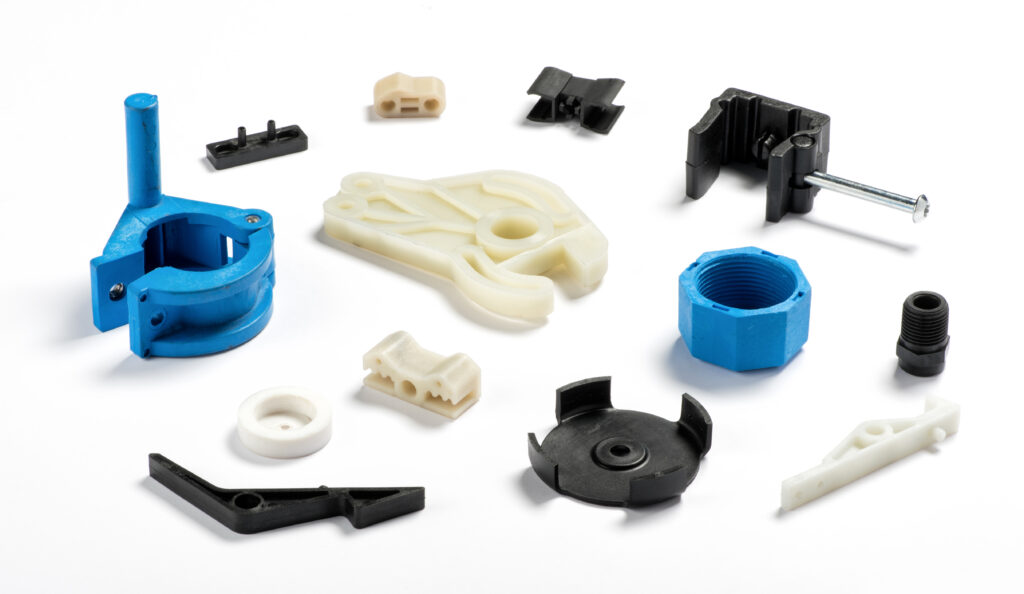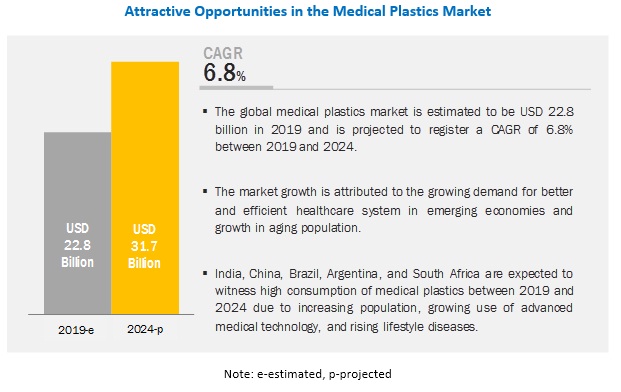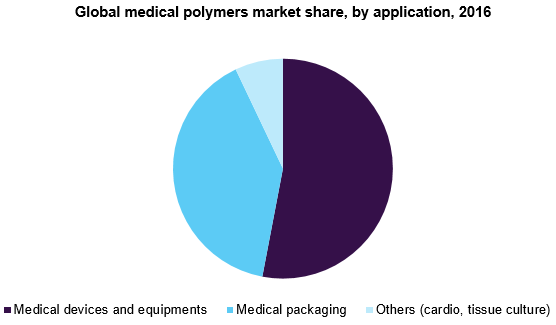Injection molding is a widely used manufacturing process in which molten material is injected into a mold cavity to create various products. The choice of polymer plays a crucial role in determining the success and quality of the injection molding process. This article will explore the preferred polymers for injection molding processes, explicitly focusing on injection blow molding and polymer injection molding. We will delve into their characteristics, advantages, and applications to provide insights into choosing the suitable polymer for your injection molding needs.

Understanding Injection Blow Molding
What is Injection Blow Molding?
Injection blow molding is a specialized form that combines both injection and blow molding techniques. It involves injecting molten material into a mold cavity to create a preform shape, which is then transferred to another mold, where it undergoes blowing to obtain the desired final shape.
Preferred Polymers for Injection Blow Molding
Polyethylene (PE)
Due to its excellent properties, polyethylene (PE) is one of the most commonly used polymers in injection blow molding. It offers high-impact strength, good chemical resistance, low moisture absorption, and ease of processing. PE can be classified into different grades based on its density: low-density polyethylene (LDPE), linear low-density polyethylene (LLDPE), medium-density polyethylene (MDPE), and high-density polyethylene (HDPE). Each grade has its specific advantages and applications.
Advantages:
- Excellent impact strength
- Good chemical resistance
- Low moisture absorption
- Easy processing
Applications:
- Bottles and containers
- Automotive components
- Toys and sporting goods
Polypropylene (PP)
Polypropylene (PP) is another popular choice for injection blow molding due to its versatility and favorable properties. It offers high stiffness, good chemical resistance, excellent dimensional stability, and low density. PP is known for its ability to withstand high temperatures without deformation, making it suitable for various applications.
Advantages:
- High stiffness
- Good chemical resistance
- Excellent dimensional stability
- Low density
Applications:
- Medical devices
- Packaging containers
- Electrical components
Polyethylene Terephthalate (PET)
Polyethylene terephthalate (PET) is widely used in injection blow molding due to its exceptional clarity, strength, and barrier properties. It offers excellent impact resistance and can be easily processed into complex shapes. PET is commonly used for packaging applications where transparency and durability are essential.
Advantages:
- Exceptional clarity
- High strength
- Barrier properties against moisture and gases
Applications:
- Bottles for beverages, cosmetics, and household products
- Food containers
Understanding Polymer Injection Molding
What is Polymer Injection Molding?
Polymer injection molding is a versatile manufacturing process that involves injecting molten polymer material into a mold cavity under high pressure to create various products with intricate shapes and details. The molten polymer solidifies inside the mold cavity to form the desired product.
Preferred Polymers for Injection Molding
Acrylonitrile Butadiene Styrene (ABS)
Acrylonitrile butadiene styrene (ABS) is a popular choice for polymer injection molding due to its balanced properties. ABS offers excellent impact resistance, dimensional stability, high surface hardness, and heat resistance. It can be quickly processed using injection molding techniques while providing reliable performance.
Advantages:
- Good impact resistance
- Excellent dimensional stability
- High surface hardness
Applications:
- Automotive parts
- Consumer electronics
- Toys and household items
Polycarbonate (PC)
Polycarbonate (PC) is a popular choice for polymer injection molding due to its exceptional transparency, high impact resistance, and excellent heat resistance. PC offers good dimensional stability and can withstand harsh environments without deformation or discoloration. It is commonly used in applications that require optical clarity and durability.
Advantages:
- Exceptional transparency
- High impact resistance
- Excellent heat resistance
Applications:
- Optical lenses
Polyamide (PA)
Polyamide (PA), nylon, is a versatile polymer for injection molding. It offers high tensile strength, good chemical resistance, low friction coefficient, and excellent wear resistance. PA can be quickly processed into complex shapes while maintaining its mechanical properties.
Advantages:
- High tensile strength
- Good chemical resistance
- Low friction coefficient
Applications:
- Bearings and gears
- Automotive components
Choosing the suitable polymer for your injection molding needs is critical for achieving high-quality products with desired properties. Whether you opt for injection blow molding or polymer injection molding techniques, understanding the characteristics and advantages of different preferred polymers is critical. From polyethylene (PE) and polypropylene (PP) in blow moldings to acrylonitrile butadiene styrene (ABS), polycarbonate (PC), and polyamide (PA) in polymer injections moldings – each offers unique benefits that suit various applications across industries ranging from automotive components to packaging solutions. By considering factors such as mechanical properties required by your application, chemical compatibility, ease of processing, and regulatory compliance, you can make an informed choice and ensure the success of your injection molding project.
Frequently Asked Questions
Q1: What factors should I consider when choosing a polymer for injection molding?
A1: When selecting a polymer for injection molding, you should consider factors such as mechanical properties required for the application, chemical compatibility with the intended environment, ease of processing, cost-effectiveness, and regulatory compliance considerations.
Q2: Can different polymers be blended together for injection molding?
A2: Yes, blending different polymers to achieve desired properties is possible. Polymer blending allows manufacturers to tailor the material’s characteristics to meet specific requirements, such as improved impact or enhanced heat resistance.
Q3: Are there any environmentally friendly polymers suitable for injection molding?
A3: Yes, there are environmentally friendly polymers available for injection molding. For example, biodegradable polymers like polylactic acid (PLA) and polyhydroxyalkanoates (PHA) offer sustainable alternatives with reduced environmental impact compared to traditional petroleum-based plastics.
Q4: How can I ensure the quality of injection molded products?
A4: To ensure the quality of injection molded products, it is essential to optimize process parameters, conduct regular inspections and testing throughout the production process, and adhere to strict quality control standards. Working with experienced mold designers and manufacturers can also help achieve consistent product quality.
Q5: Can recycled polymers be used in injection molding processes?
A5: Yes, recycled polymers can be used in injection molding processes. However, it is crucial to properly sort and prepare recycled materials before processing them. The properties of recycled polymers may vary depending on the source material and recycling process.


